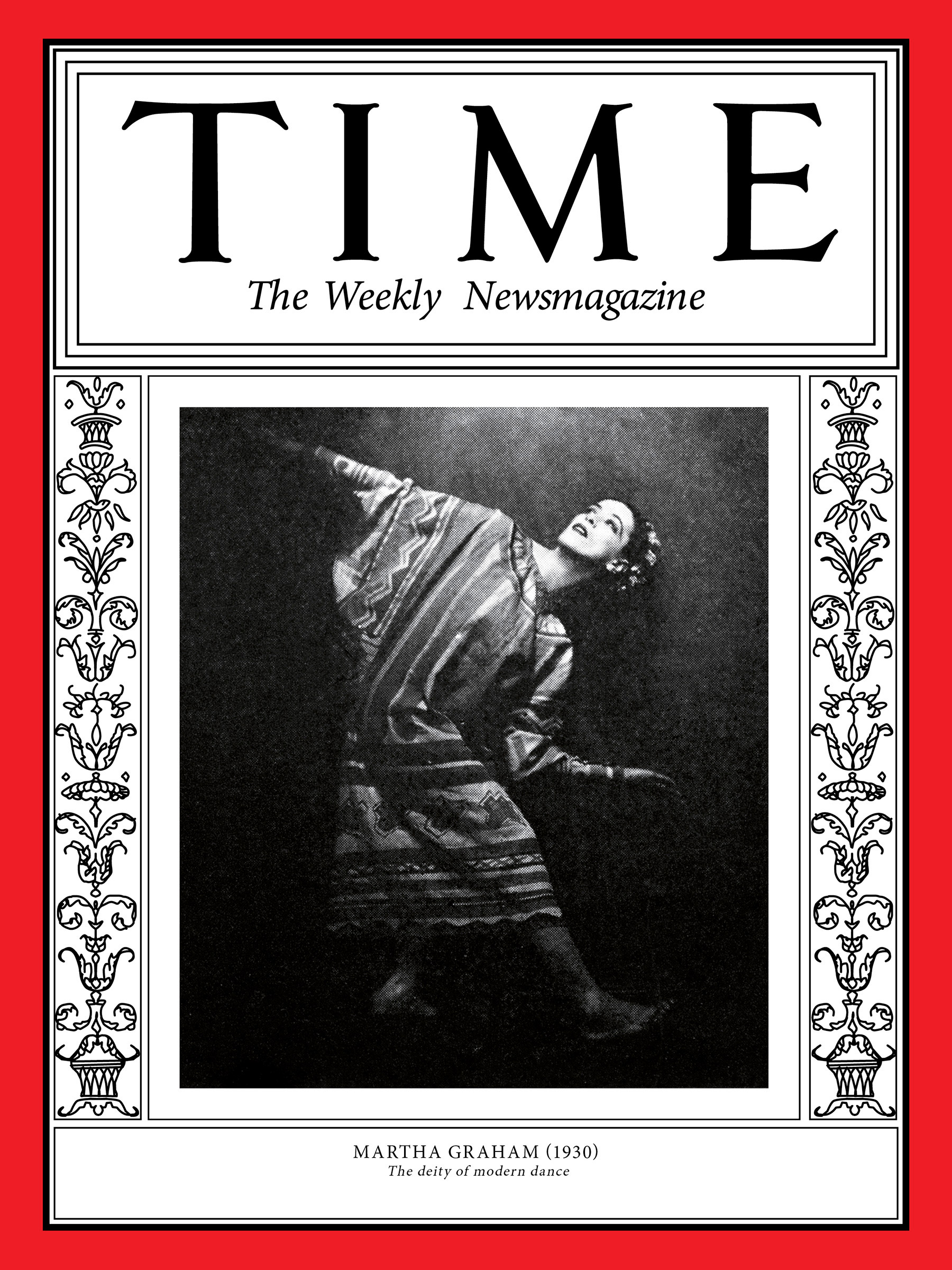In 1930, four years after establishing her school and its philosophies, visionary choreographer Martha Graham debuted Lamentation, a wrenching solo piece in which a shrouded and self-bound figures twists and writhes, contracted into her pain and the search for release. It’s a seminal piece in her opus, beloved for its enduring power as a meditation upon distinctly feminine grief.
Created in response to male-dominated Russian and European schools—and the decorative roles they gave female dancers—Graham’s company deconstructed the traditions of acceptable training, presenting a revolutionary new art form. Her signature technique uses the power of the pelvis, controlled breath and weighted movement to embody a ritualized way of inhabiting the female form—stripping back structure and socially acceptable portrayals. The result is deeply personal, and relies on the body as a conduit for knowledge.
With a dazzling array of personal works that spanned 50 years, Graham laid the foundation for contemporary dance. In reflecting visceral elements of universal human experience and collective memory, Graham asks us to move not just our bodies, but our souls. —Marisa Tomei
Tomei is an Oscar-winning actor
This article is part of 100 Women of the Year, TIME’s list of the most influential women of the past century. Read more about the project, explore the 100 covers and sign up for our Inside TIME newsletter for more.
